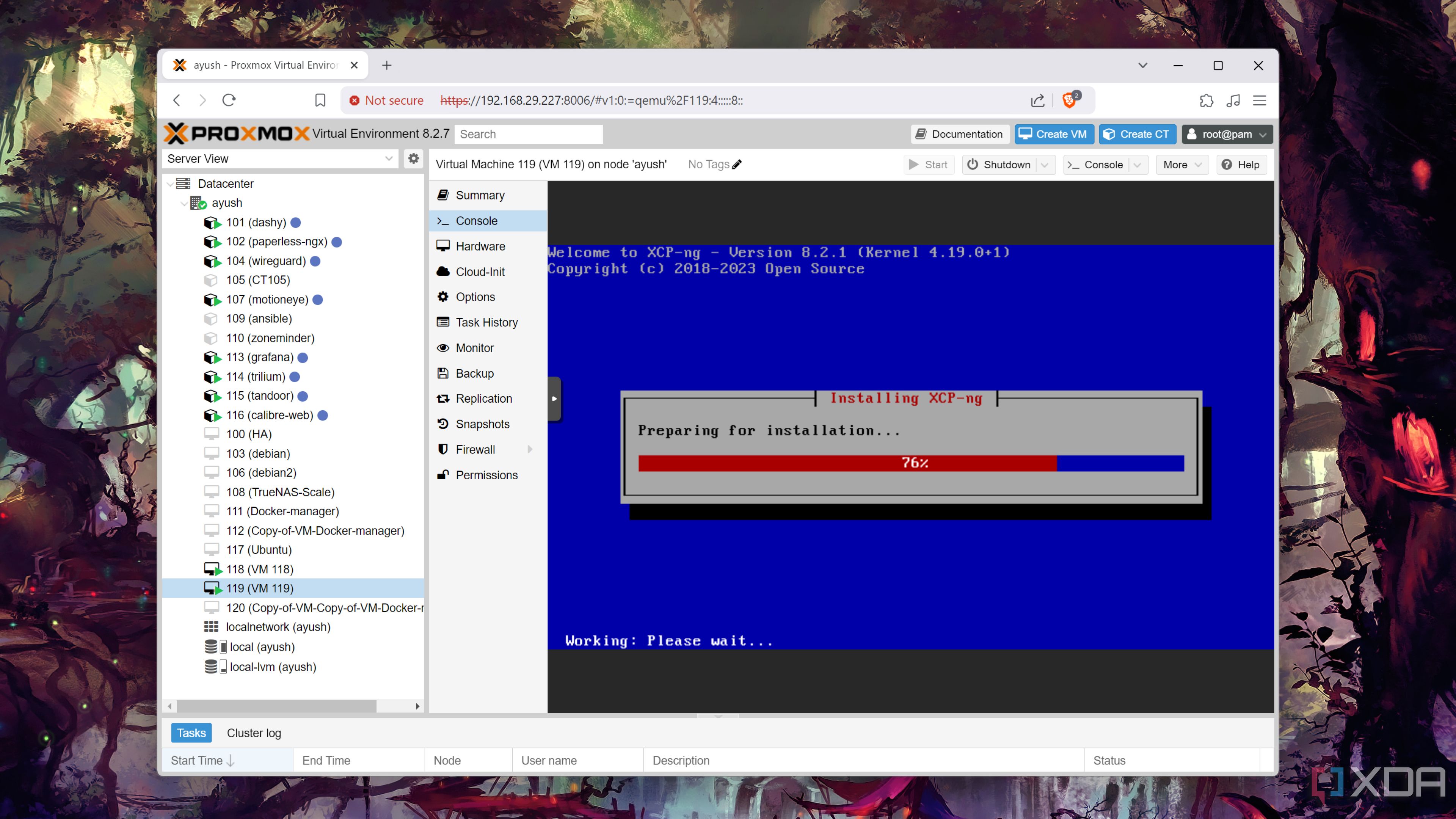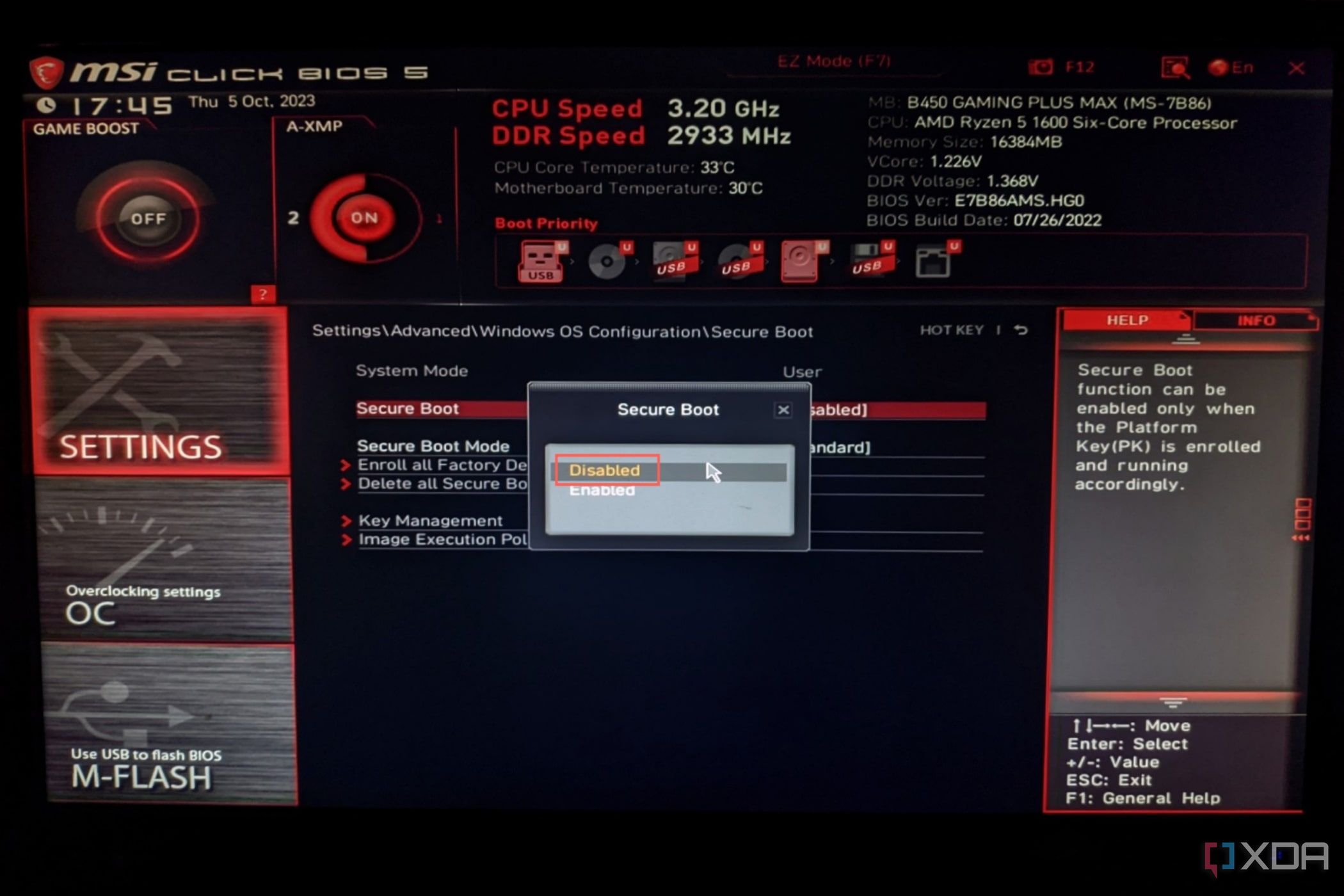While you can control a lot of your PC’s behaviors through OS-level settings, so much of it comes from the BIOS. It’s not just for power-users and hardcore overclockers—regardless of your workload, the BIOS contains so many useful settings that can do wonders in optimizing your workflow. If you’ve done very little poking around in your system’s BIOS, here are 6 settings that are imperative to understand within it.
6
CPU Settings
Multicore Enhancement and Precision Boost are musts
CPU BIOS settings can be an absolute minefield to navigate if you’re unfamiliar with them. If you’re uncomfortable with tinkering around in the BIOS, chances are you might’ve missed a couple of key settings that can not only unlock performance, but also raise efficiency significantly.
Intel’s Multicore Enhancement and AMD’s Precision Boost Overdrive (PBO), are similar settings that unlock extra performance from your CPU in slightly different ways. Intel’s Multicore Enhancement allows all of your cores to run at their maximum boost frequency at once, rather than the stock behavior of one or two at a time. This is great if you have adequate cooling and need a little more juice in multicore workloads, but it can be harmful if your cooler can’t deal with the heat load. AMD’s PBO is slightly different. PBO allows for Ryzen processors to automatically adjust voltage and clock speed depending on the scenario, unlocking more performance. Fundamentally, it’s an automatic overclock, and should be turned on for performance-intensive applications.
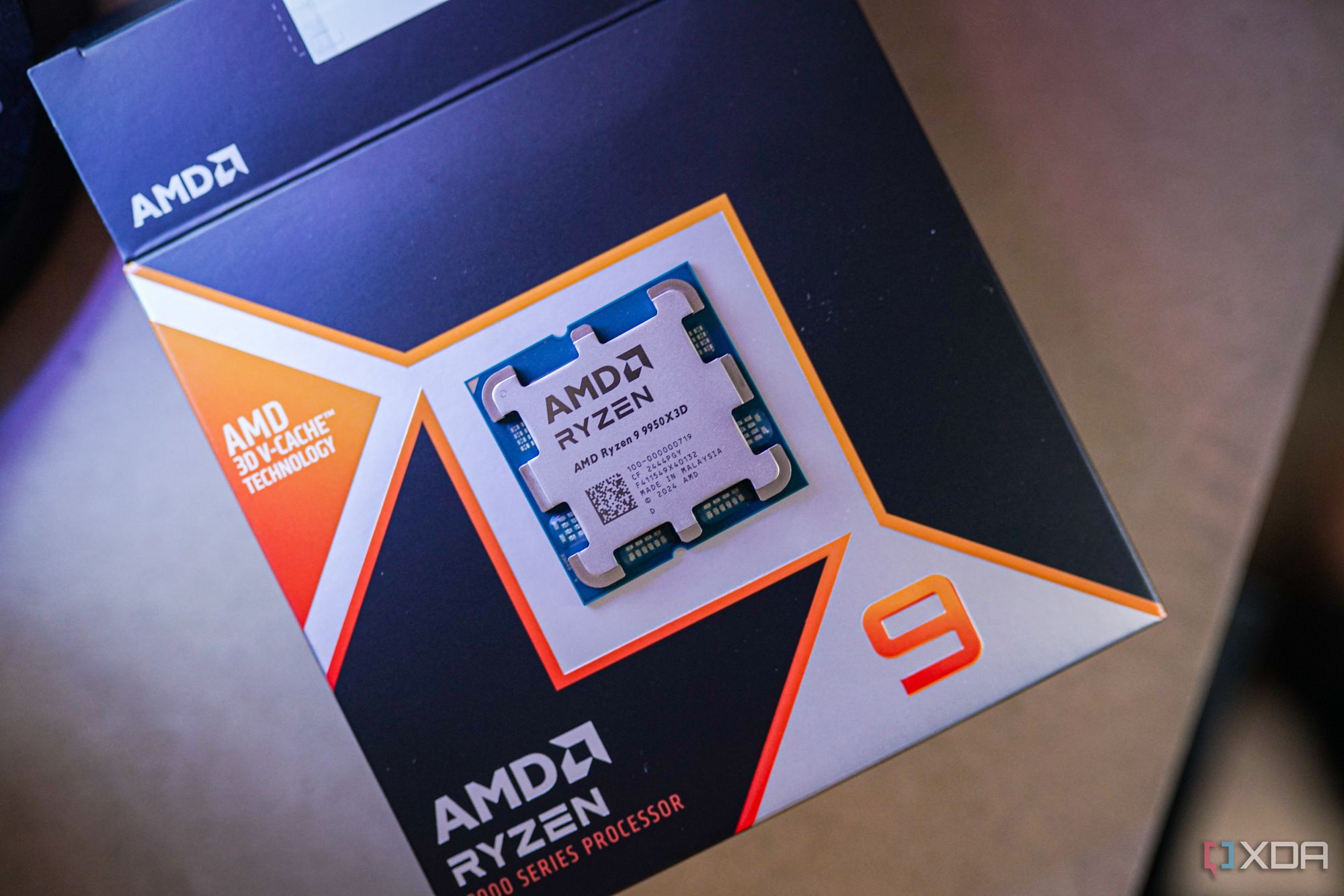
Related
6 PBO settings you can change to make your Ryzen CPU run even faster
Get the most out of your AMD CPU.
5
XMP and EXPO
Mandatory on any system
XMP (Intel’s Extreme Memory Profile) and EXPO (AMD’s Extended Profiles for Overclocking) are both BIOS settings that, when enabled, allow your RAM to run at its rated speed. Out of the box, memory will run at a default, conservative speed set by the motherboard. All these settings do is get your memory running at the speed and timings it was meant to, which in most cases will be much faster than the defaults.
Besides normal computing tasks, essentially all workloads can benefit from XMP and EXPO, and it’s an extremely simple setting to enable. Your motherboard will usually have two or three profiles, both containing timings, voltages, and clock speeds that might vary a little depending on which motherboard you have. XMP is Intel’s implementation, and EXPO is AMD’s, but they can essentially be thought of as the same thing. Enabling them will give you a smoother experience in pretty much all productivity applications.
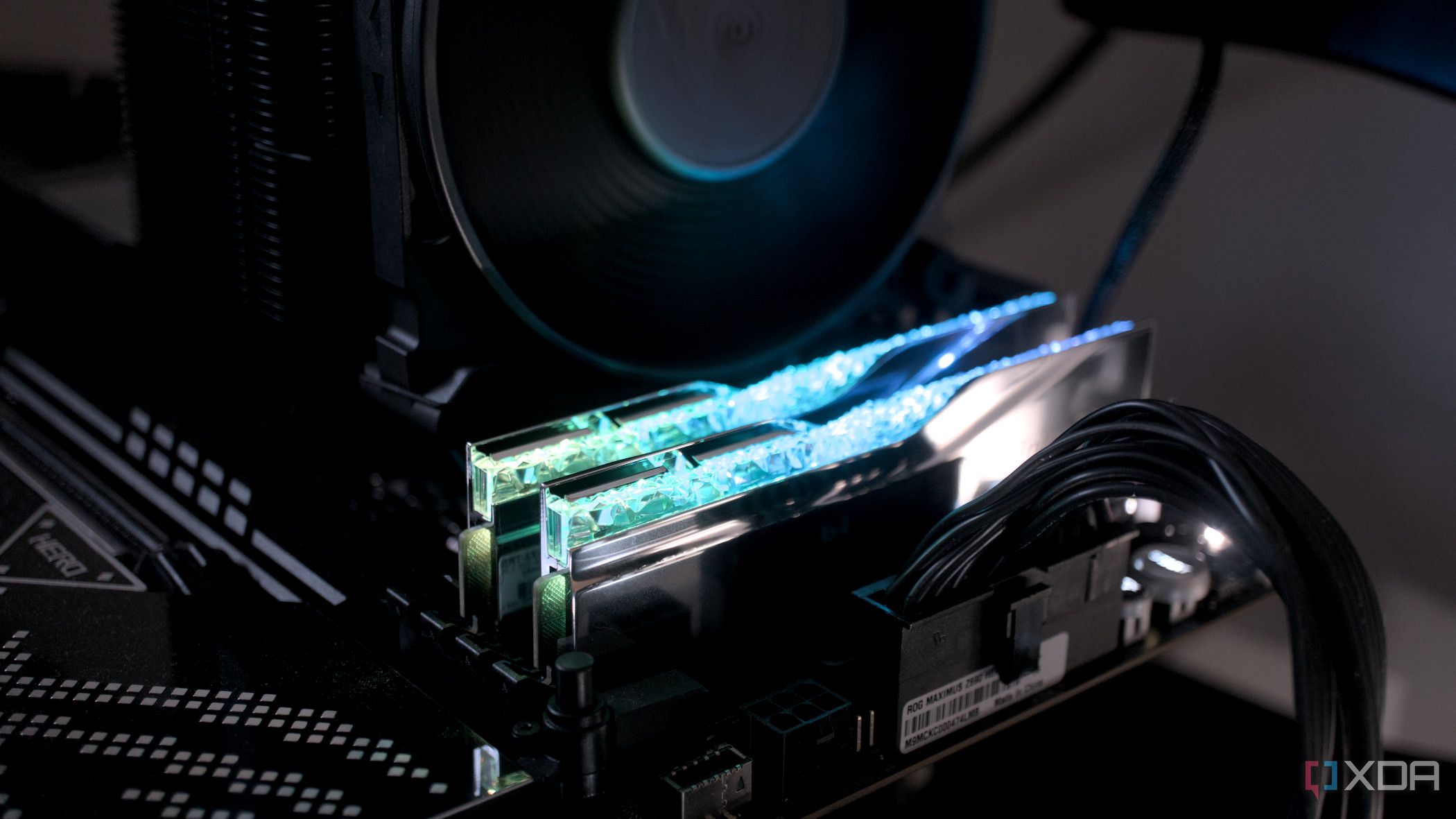
Related
6 myths about AMD EXPO and Intel XMP you shouldn’t believe
If you are unsure whether or not to use EXPO/XMP, then knowing that these are myths should dispell some of your fears.
4
Virtualization
Worth enabling for tinkerers
If you’re planning on running any kind of virtual machine on your system, you absolutely need to enable Intel VT-x or AMD-V in your BIOS. These settings essentially allow your system to use its hardware to boost the performance of these virtual machines. Some hypervisors won’t even function without it enabled, so if you’re doing any kind of tinkering in an OS sandbox, or you’ll need to run any kind of nested virtualization, enabling these settings is an absolute must. It’s not on by default due to security and performance concerns, although the latter of which only really crops up in specific scenarios. Most applications will run just fine with virtualization enabled.
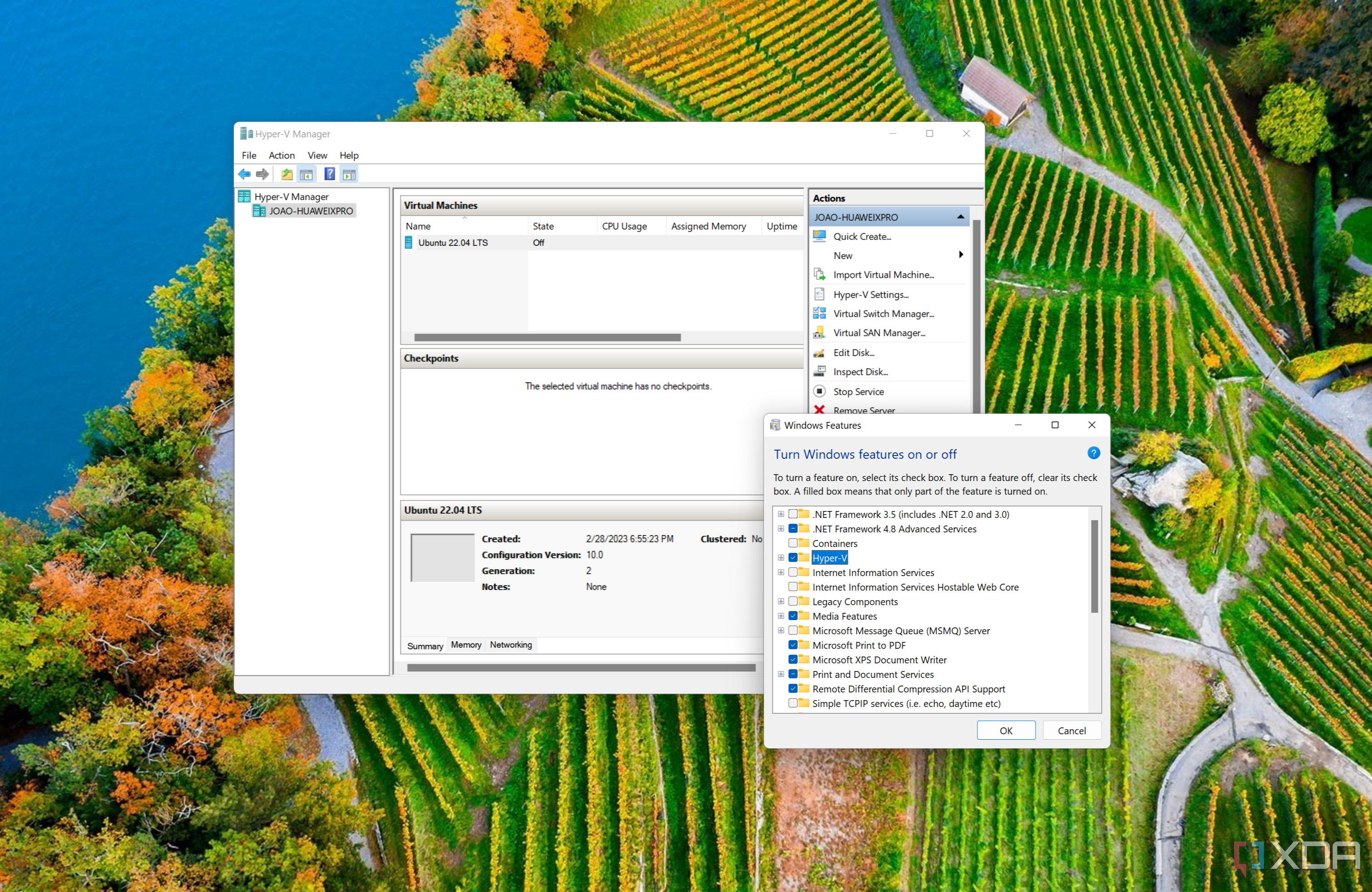
Related
How to enable virtualization on Windows 11
You’ll need to enable virtualization if you want to run virtual machines on Windows 11 or use the Windows Subsystem for Linux. Here’s how.
3
Fan curves
Overlooked, but very important
Fan control is one of the most overlooked aspects of any PC, and on most modern motherboards it can be controlled through the BIOS. Default fan curves won’t harm your system, but it can make it louder and potentially hotter than it needs to be. Most will just need to tweak their fan curve to have a less pronounced increase around the 50-60 degree range, but in really performance-intensive applications in hot environments, having an aggressive fan curve can be the difference between whether you become thermally limited or not.
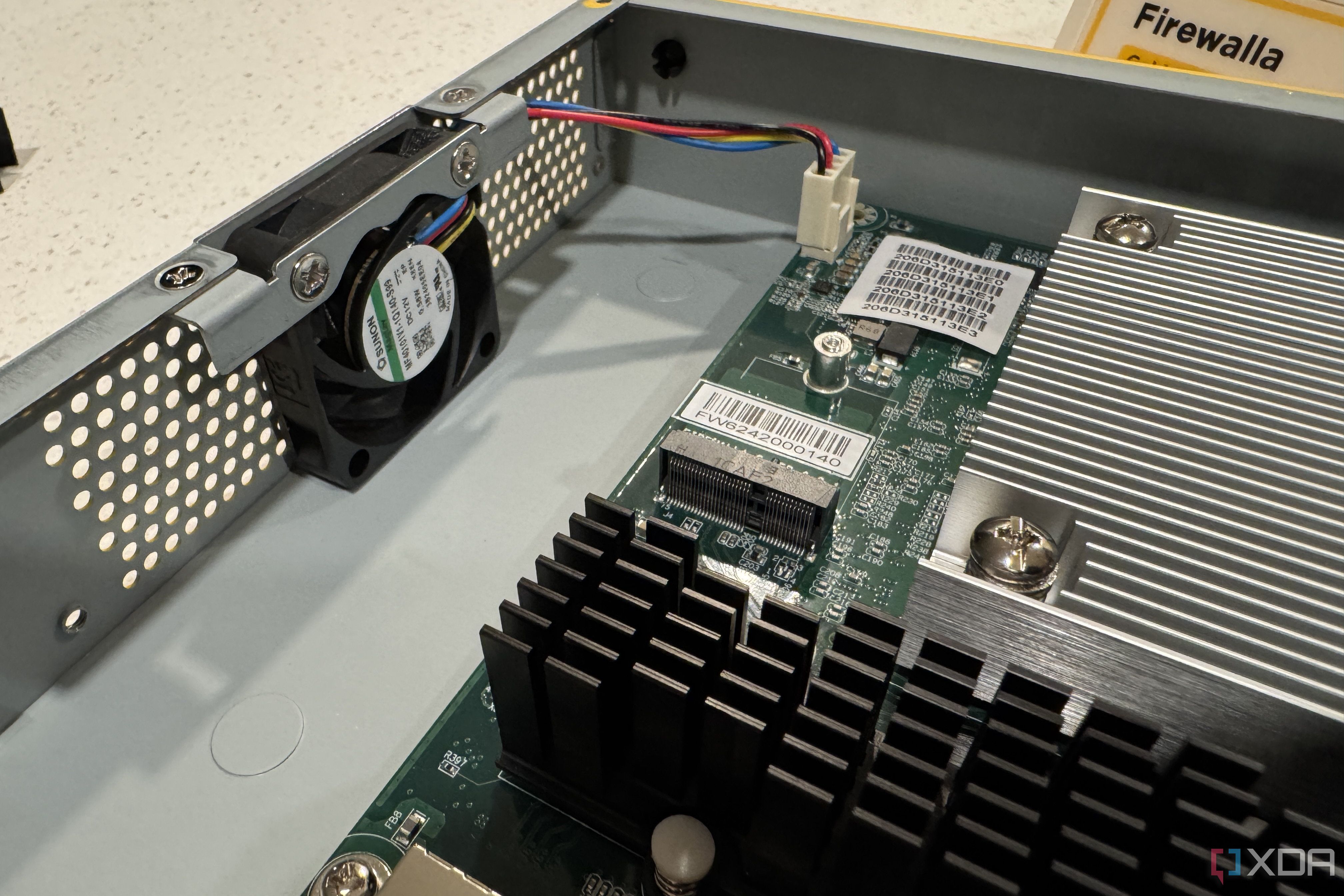
Related
5 reasons why you should set custom fan curves in BIOS
Allow your motherboard to control your fan speeds.
2
Secure Boot
Required for some things, gets in the way of others
Secure Boot was first introduced back in 2011 with Windows 8, but has become increasingly relevant due to its requirement in the installation of Windows 11. Secure Boot essentially restricts your system’s ability to run code during the boot process. With Secure Boot enabled, only signed code will be able to run. This is great for security, because it can catch any hidden malware that may have embedded itself within the boot process. If you’re having trouble running a dual-boot setup with any kind of niche Linux distro or other OS, it’s probably because you have Secure Boot enabled. Unless you’re tinkering a lot, this setting should just stay on.
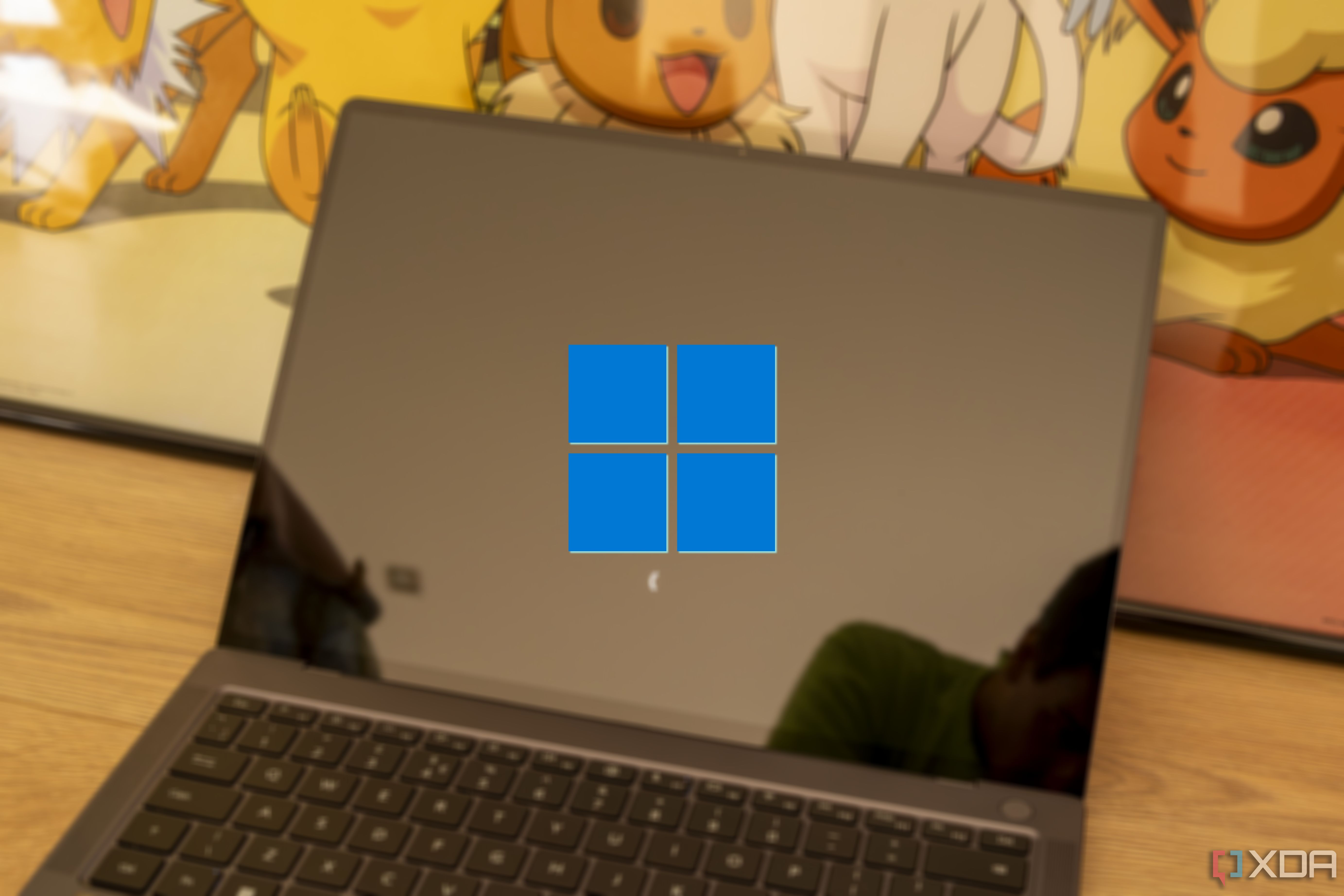
Related
What is Secure Boot, and should you keep it on?
Yes, you should
1
Resizable BAR
Unrestrict your VRAM
Resizable BAR (Base Address Register) is a setting that removes restrictions on your CPU’s ability to access your GPU’s VRAM. Before this setting existed, your CPU could only access and address your GPU’s memory buffer in 256 MB chunks, which for some applications can lead to slow-downs, regardless of the speed of your memory. Enabling Resizable BAR is known to net performance gains in gaming workloads, but it can also give a boost to video-focused productivity apps.
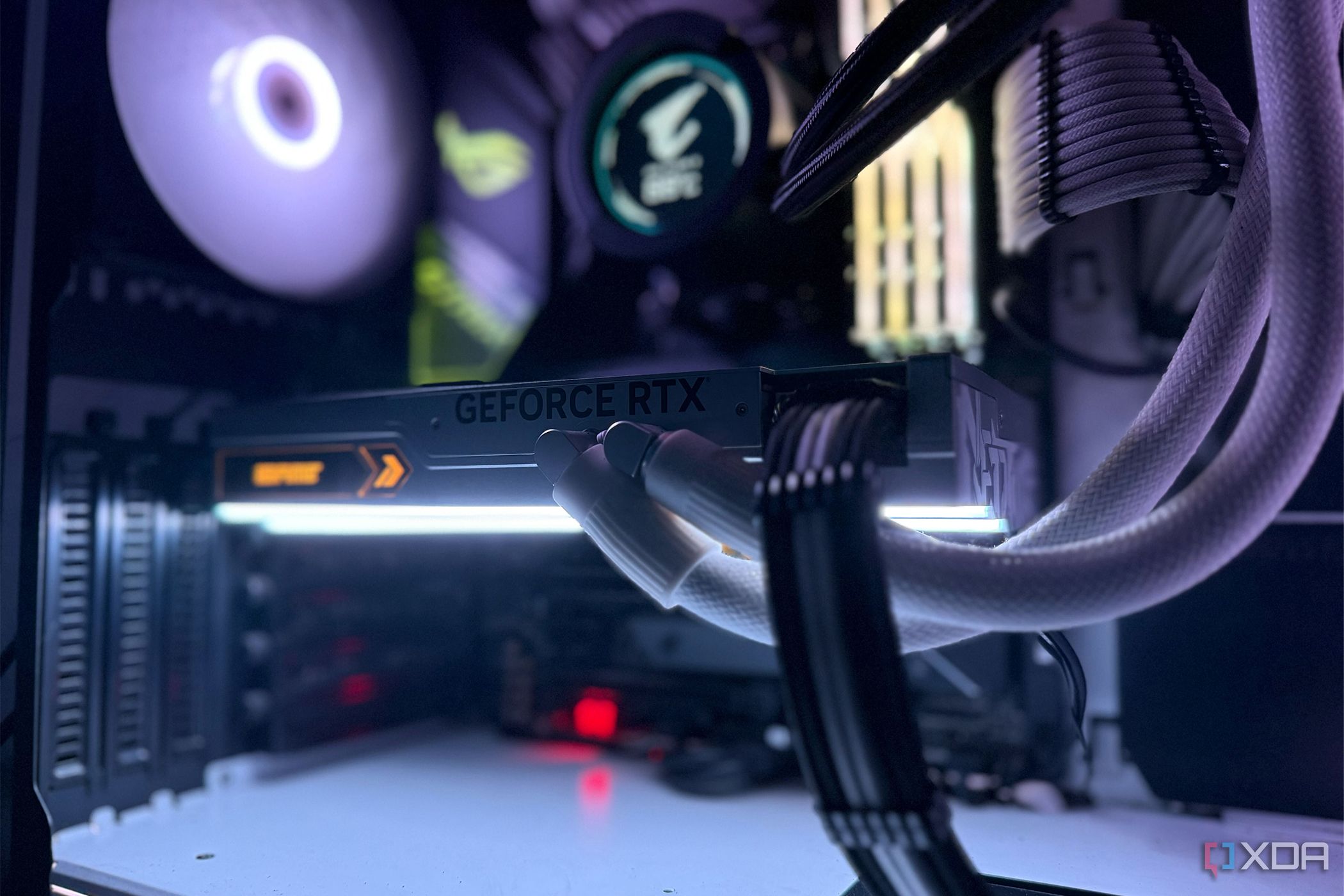
Related
5 reasons Resizable BAR is vital for getting the most out of your GPU
Resizable BAR can provide you with an instant boost in gaming performance
Some of the most important settings you can change are located in your computer’s BIOS
Getting the most out of your system can mean choosing the correct components for your needs and using the right tools for the job, but you’ll still have a poor experience if you don’t tweak settings to fit your workflow. Your BIOS is filled with useful toggles that can completely transform the efficiency and performance of your rig, and overlooking them is a big mistake.


